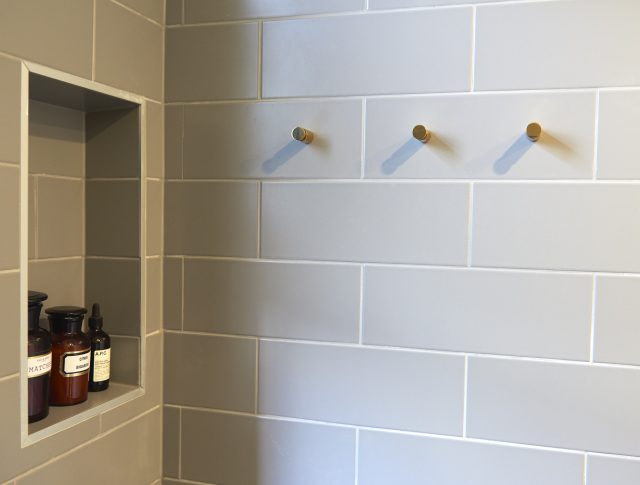Stuart Tucker, Chief Customer Officer at hipages, talks about when to DIY and when you really need to hire a tradie.

As a nation, we are obsessed with renovating and research from hipages has found that Australians have been spending an approximate $70 billion each year on trades to complete jobs around the home. While we are all homebound, now is the perfect time to get onto those home maintenance items lingering on the to do list.
We understand that some homeowners may be weighing up what they should and shouldn’t get done around the home based on what they can reasonably manage themselves and jobs that would require a tradie’s expertise. Before you strap on a work belt and dust off your power tools, it’s important to know the limits of your capabilities. According to our research, Aussie homeowners spend $3.53 billion annually on hiring tradies to fix DIY gone awry.
My tip is to ask yourself the following questions before you tackle a DIY project:
- Do I have the necessary tools and expertise? Always do your research upfront before you get started to ensure you have the right tools, materials or expertise required.
- How risky is it? Projects involving plumbing, electrics or working at heights are risky. Aside from putting yourself in harm’s way, you may also cause costly damage to your home. Always assess the risk and err on the side of caution.
- How much time and space will it take? Jobs like painting may seem like a great idea but consider how long the project will take from start to finish and the space required. If it’s going to cause an inconvenience, it’s best to delay till another time.
There are still a number of jobs both inside and outside the home that are great DIY projects.
Inside the home: Interior styling – consider what you don’t like about a room, or what isn’t ticking the boxes for you anymore. You can then look at simple, effective solutions to meet the functionality of the space or room. This could include bringing in new furniture or furnishings, like cushions and decorations, or changing up the room layout.
Outside the home: Gardening is something that can be tackled by a DIYer, from sprucing up existing garden beds or creating new and inviting spaces in your backyard. Though we may be spending more time indoors, it’s worth giving your outdoor area a makeover so you have an alternative space to relax in and enjoy.
With that said, there are a number of jobs that should never be DIY’d including plumbing, electrics and home extensions and renovations. A licensed professional should always be hired to complete these works:
Plumbing jobs Although simple plumbing jobs such as unclogging a drain or fixing a leaky tap can usually be tackled by an amateur handyman without any problems, larger repairs or installations should never be attempted without the help of a professional plumber.

Electrical jobs Electrical work should never be attempted without the help of a properly licensed electrician due to the high risks associated with DIY-ing electrical work. In fact, in some states you’re required to use a licensed tradie even to change your lightbulbs!
Home extensions and renovations When it comes to DIY projects, the onset of reality TV renovation shows has given people a false perception of the work involved and the potential for costly mistakes. Registered builders are well versed with the building process and understand how to keep a build on schedule with quality control in check, while maintaining safety standards.
Repairing property damage Property damage may range from clogged drains to leaky roofs and water damage, so when considering whether to tackle a job yourself or bring in a professional, you’ll need to look at the scale of the job, the risks involved, and what sort of time commitment would be required.
If you are looking to hire a tradie at this time, it is essential to follow the recommended advice of health authorities. This includes adhering to social distancing and limiting face-to-face contact. Utilising technology is the best way to do this, from quoting a job at the outset through to end of job payments.
Typically the quoting process would involve a tradie visiting your home so they’re able to see the space or job you want done. A great alternative is sharing photos or having a Facetime call with your tradie so they can virtually view the job and provide a quote before they arrive.
Technology can also aid with contactless payment at the end of a job, avoiding the need to handle cash on either end. The hipages platform allows you to make payments directly to your tradie at the completion of a job. Many tradies also have credit card payment facilities.
These are some simple ways that allow homeowners and tradies to continue getting jobs done around the home.
*Data according to LEK Research conducted in 2018
hipages provides a better, smarter way to connect tradies and consumers and get the job done well.
























































